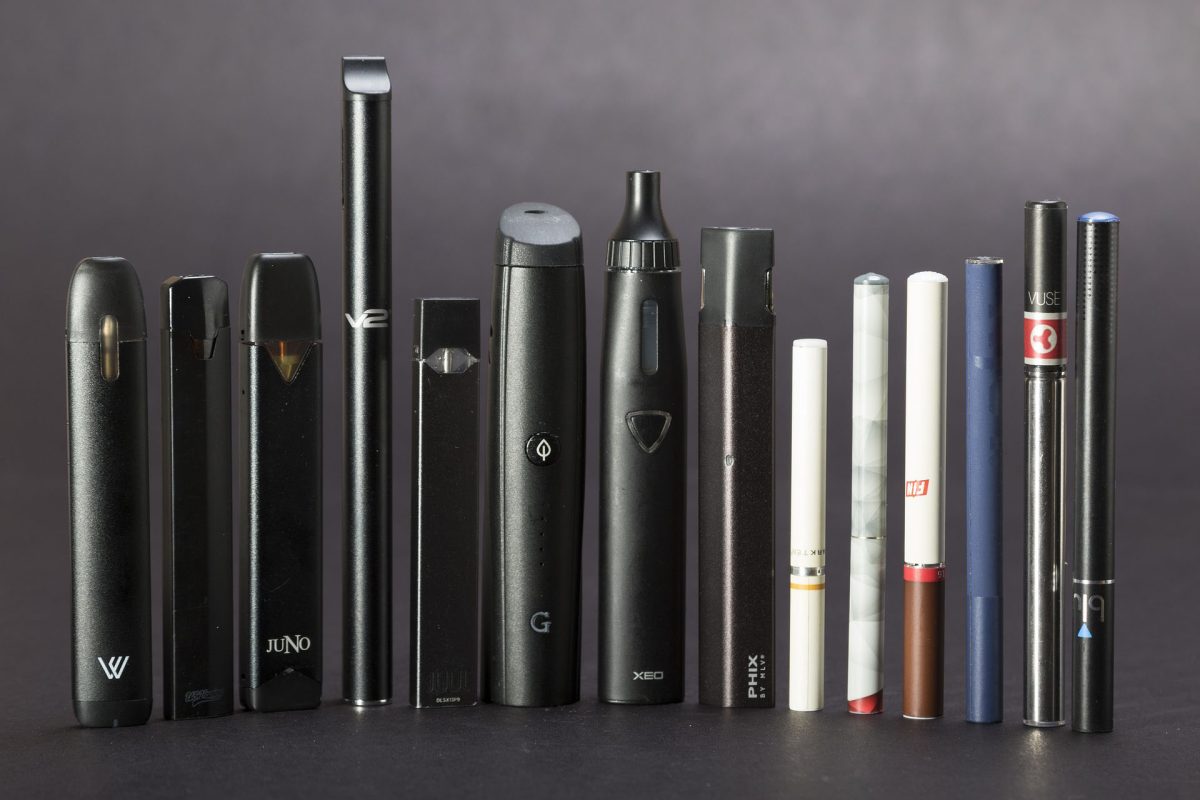Teen tobacco use is a pressing public health issue that demands attention and action. Despite widespread knowledge of the risks associated with tobacco use, many teenagers continue to experiment with it and go on to become regular users or, in other terms, addicted to it. This concerning trend is influenced by various factors including peer pressure, social influences, and the addictive nature of nicotine and its rush. Addressing teen tobacco use requires a multi-faceted approach that encompasses education, regulation, and support for cessation, according to the Centers for Disease Control and Prevention (CDC).
One of the most prevalent forms of teen tobacco use is vaping. E-cigs, with their rich and enticing flavors and sleek designs, are of course going to draw teenagers in. In addition, the misconception that vaping is less harmful than traditional smoking has contributed to its widespread popularity among youth. Because studies have shown that vaping can lead to nicotine addiction, lung damage, and other adverse health effects, it is imperative to educate teens about the risks associated with e-cigs. According to the international law firm Lieff Cabraser, investigative reports say that vaping hit an all-time high in 2023: teens are frequently and easily gaining access to these nicotine products.
In addition to vaping, traditional cigarette smoking among teens remains a significant concern. Some adolescents may perceive smoking as a way to assert independence or rebel against authority such as parents, grandparents, or even law enforcement, while others may be influenced by cultural or social factors regarding their environment. The addictive nature of nicotine further complicates the issue, as teen smokers often struggle to break free from the habit, setting them at risk for life-long health complications.
To combat teen tobacco use, it is crucial to implement comprehensive prevention strategies. This includes strict regulations on the marketing of tobacco products to minors, as well as heightened enforcement of age restrictions. Educational programs that emphasize the dangers of tobacco use and equip teens with refusal skills are vital in shaping their attitudes and behaviors. Furthermore, providing accessible cessation resources is essential in supporting teens who are already using tobacco products and struggling to quit.
By addressing the complex factors that contribute to teen tobacco use and implementing evidence-based interventions, we can work towards reducing the prevalence of tobacco use or widespread continuations among minors. Empowering teens with the knowledge and tools to make informed, healthy choices will not only benefit their well-being but also contribute to building a tobacco-free future for generations to come. Stakeholders at all levels must collaborate to create a supportive environment that downgrades teen tobacco use and promotes the health and well-being of all of us.



















